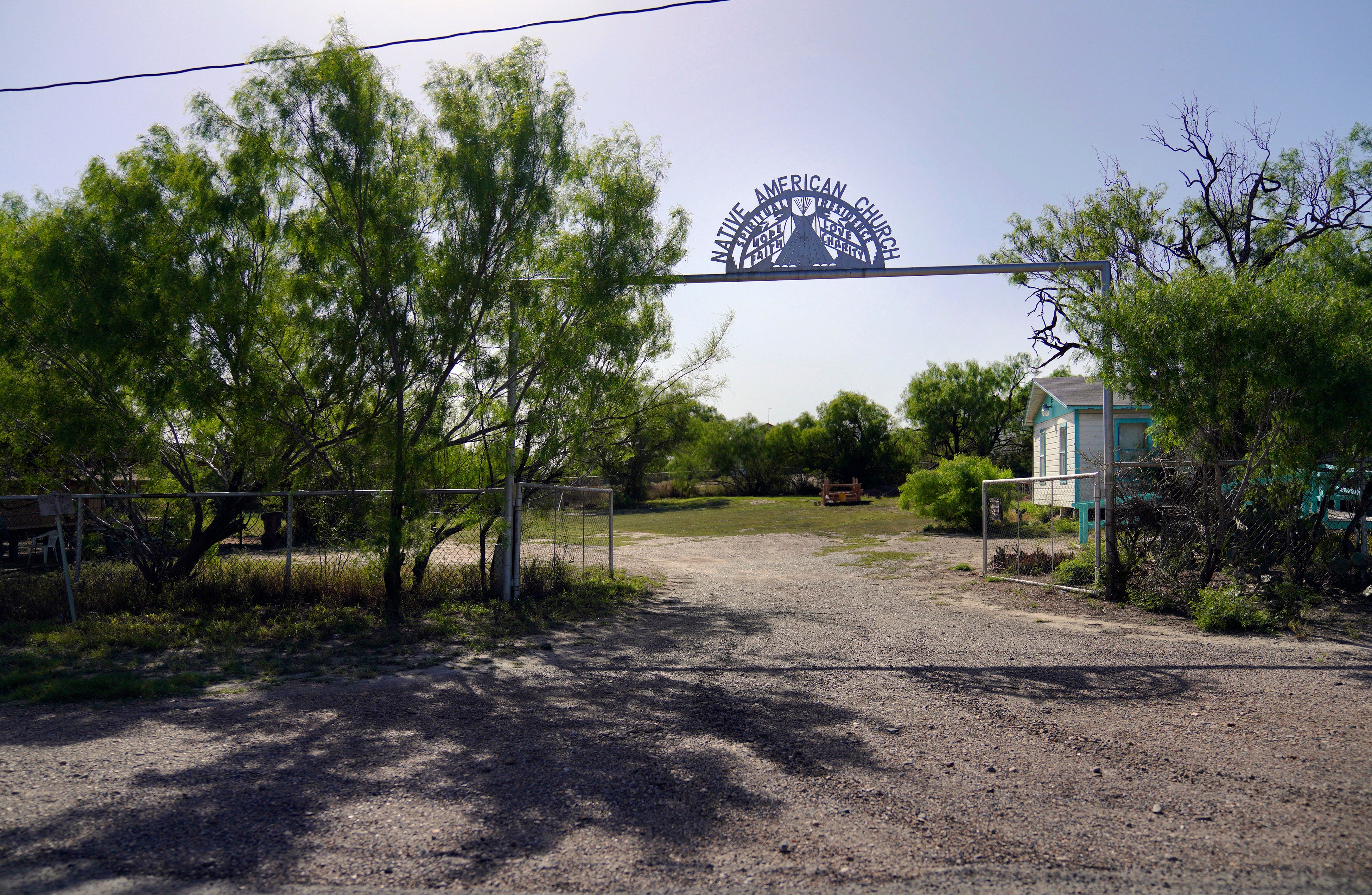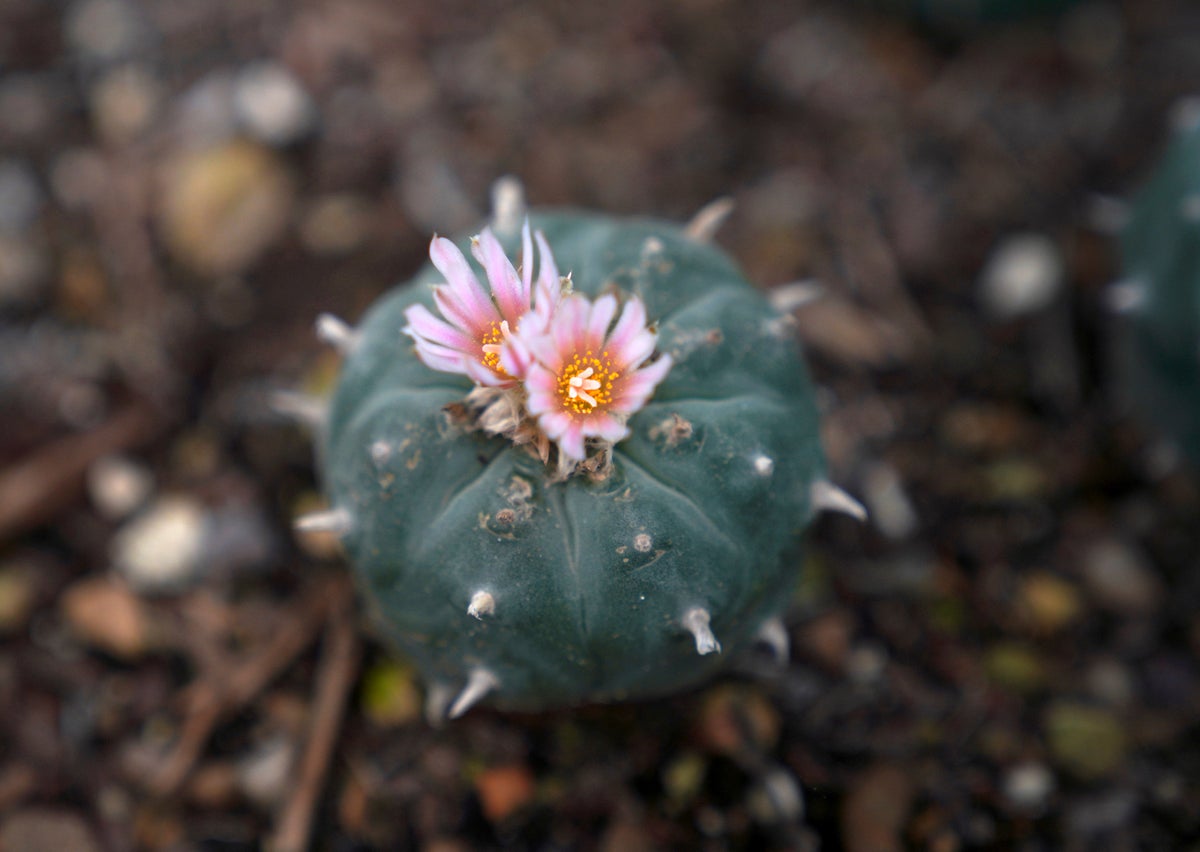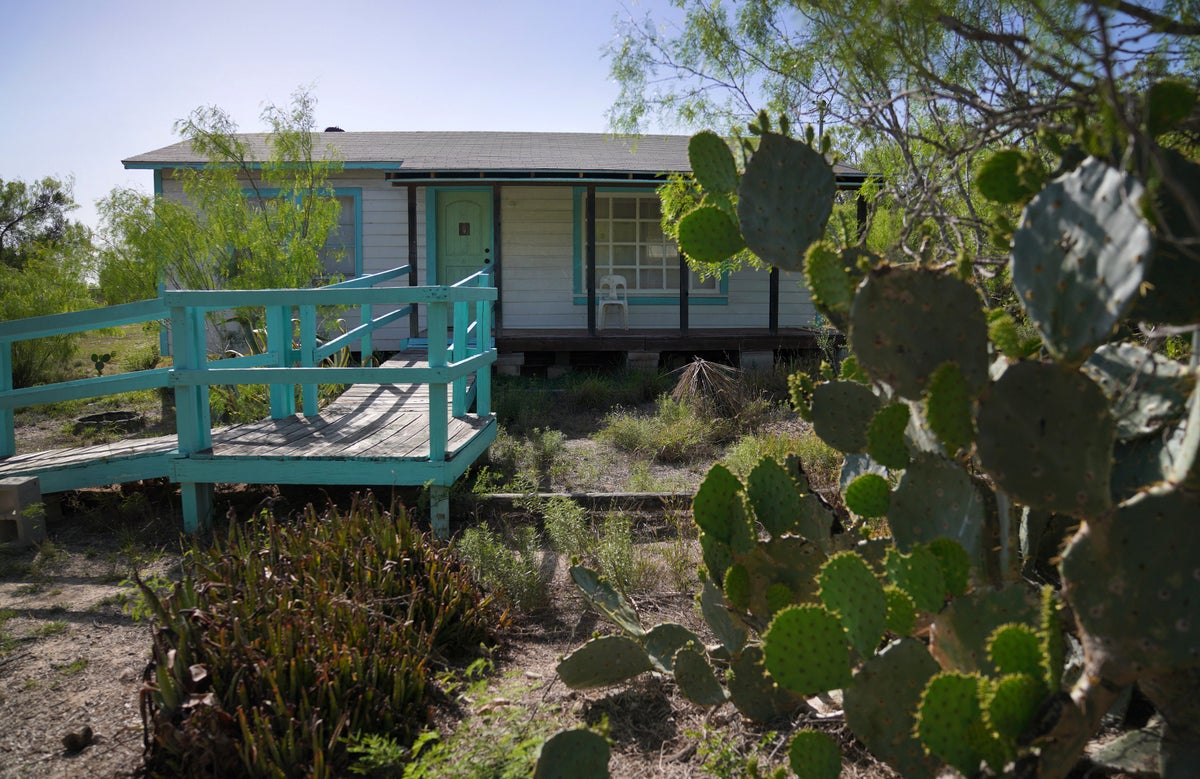‘White people shouldn’t mess with it’: Native American church laments psychedelic cactus shortage
Share:
Western ‘psychedelic renaissance’ is partly to blame for dwindling supplies of peyote, which produces mescaline. Aldous Huxley wrote about the spiritual visions he had while taking the drug mescaline in The Doors of Perception, while Hunter S Thompson wrote of driving at 100mph while under the influence of it in Fear and Loathing in Las Vegas.
![[A cluster of small flowers blooms at the top of a round cactus with spaced-apart spikes ]](https://i.guim.co.uk/img/media/6c18da3f11a3eb5c6615ba90bad14918bf93cbd6/0_355_3837_2301/master/3837.jpg?width=445&dpr=1&s=none&crop=none)
But now a growing number of western spiritual seekers dabbling in psychedelics are accused of causing a shortage of the plant that produces mescaline. Experts warned last week of a shortage of peyote, a sacred cactus used by Native Americans in religious rituals, which produces the hallucinogenic drug and only grows in limited range across south-western US and northern Mexico. They blame a psychedelic renaissance taking off in wealthy western societies, as well as overharvesting and land development.
Demand for the psychedelic drug, which became popular during the counterculture hippy movement of the 1960s, has surged alongside ayahuasca, a South American psychoactive compound, traditionally used by Indigenous cultures and folk healers in the Amazon and Orinoco basins, and also now widely used by the alternative healing industry.
The shortage is concerning for members of the Native American Church of North America who practise peyotism, a synthesis of traditional Native American beliefs and elements of Christianity that considers peyote a sacred sacrament and has about 350,000 adherents.
“This is a Native American sacred medicine and we don’t want people messing around with it,” said a Navajo member of the church from a congregation in Rio Grande City, Texas, who asked not to be identified. “The Natives people don’t like it. White people shouldn’t mess around with it.”.






















